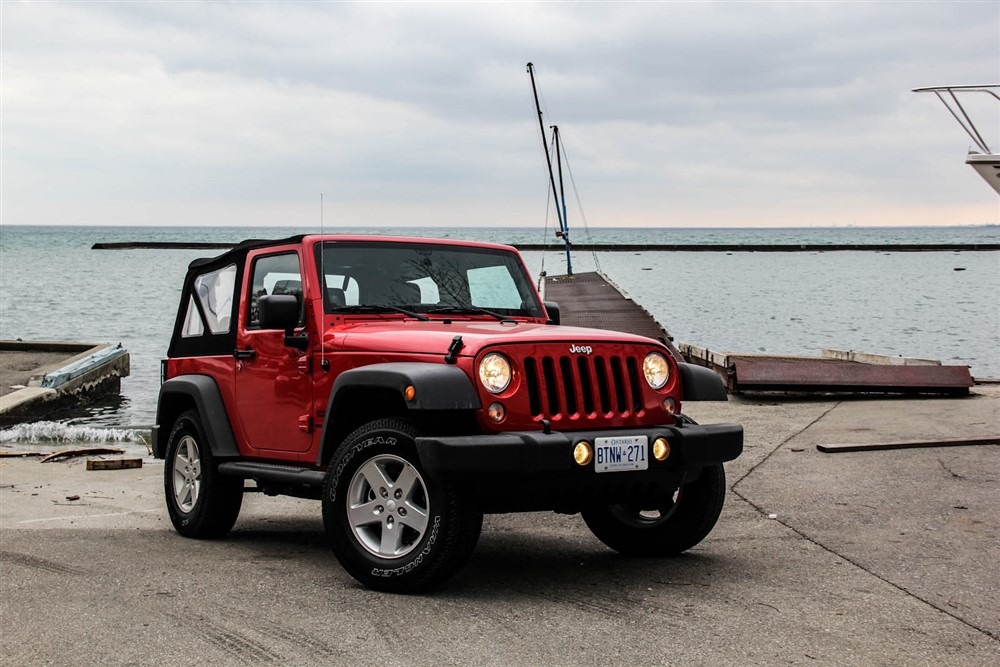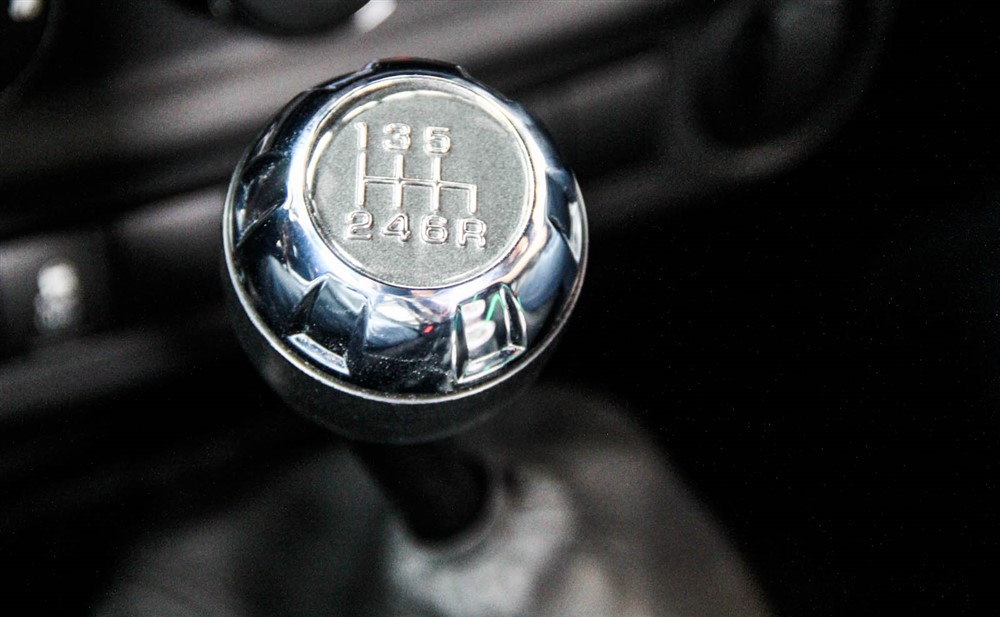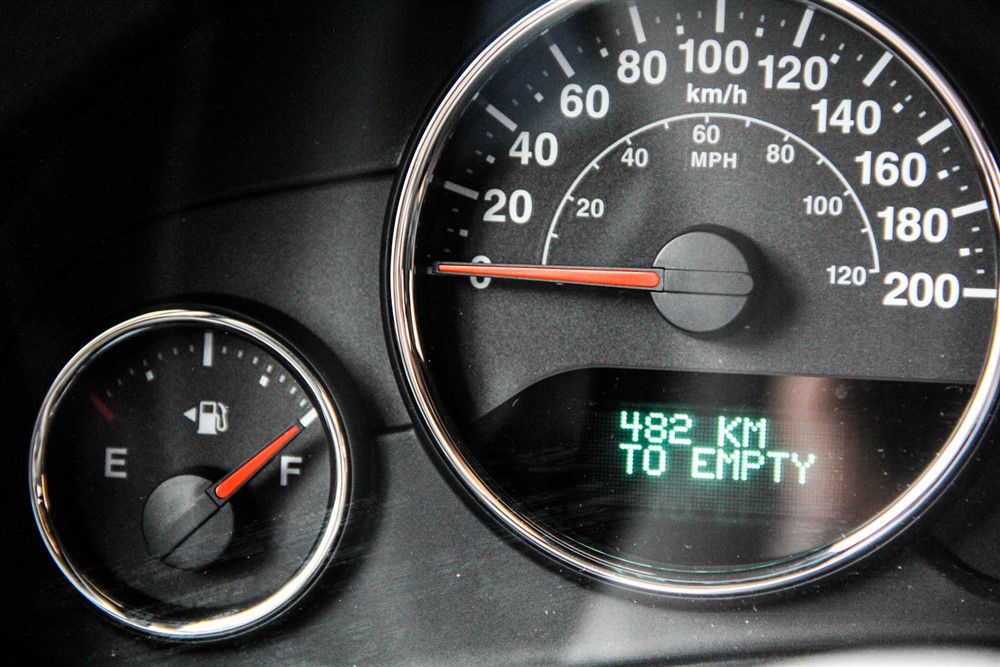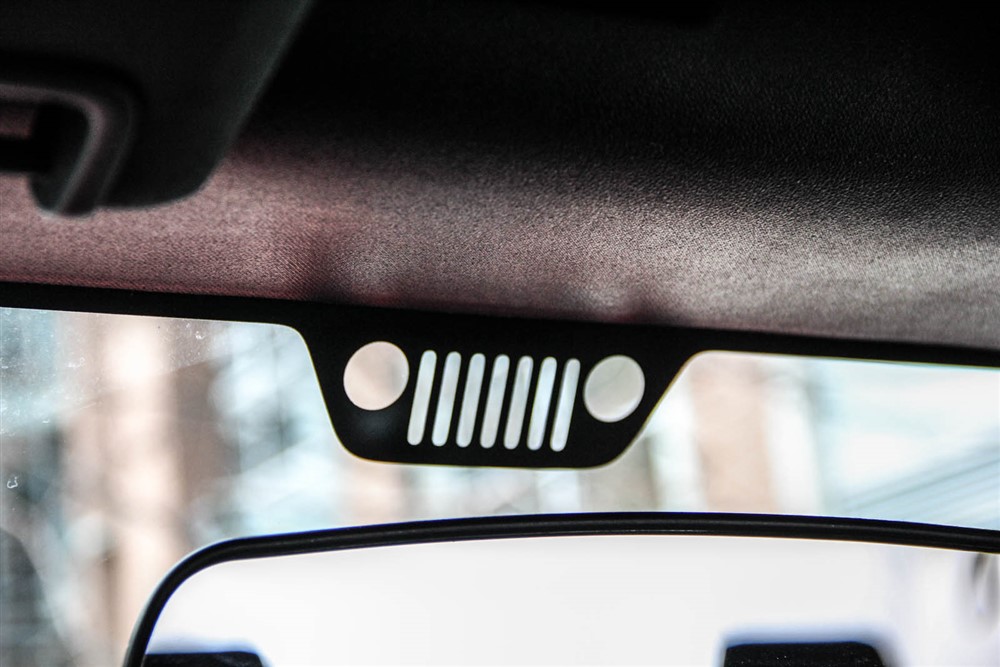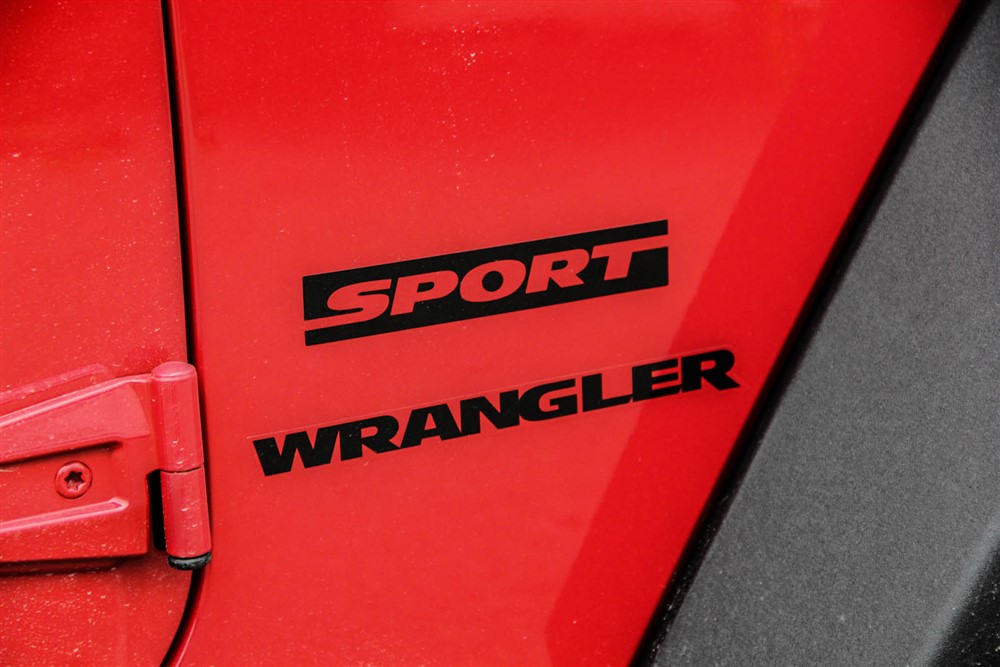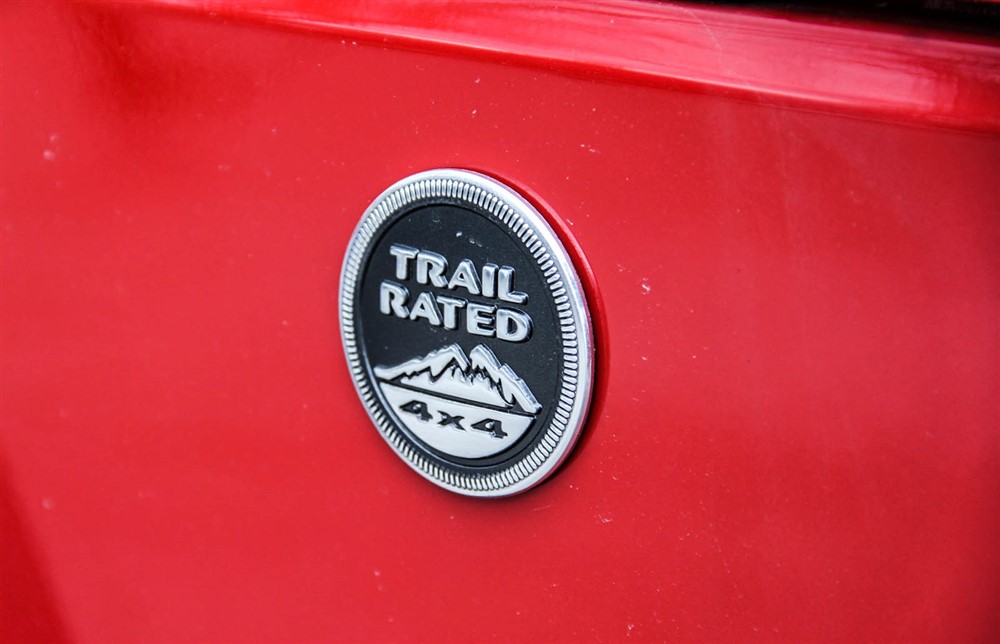Firstly, I would like to mention that I am not really a Jeep guy at heart. I don’t live in an area where I can hit the trails on weekends, and I typically expect vehicles that consume an excessive amount of fuel to deliver an excessive amount of power in return. I am not the target market for the subject of this story, but I would recommend that you continue reading. We have reviewed a few different Wranglers over the past couple years, and they have all been superbly equipped. They have all been 4-door “Unlimited” models with varying amounts of equipment. This month however, our friends at the Chrysler Group decided to put something different and particularly interesting on fleet, and I was the first to be handed the key. I spent one of the first weeks of Spring 2014 with the 2014 Jeep Wrangler Sport.
Most (read: almost all) press cars come fully-loaded. Every other Jeep Wrangler we’ve tested has had a price sticker over $40,000, so this one was a little bit different. The price sticker? Just under $27,000. The equipment list (or lack thereof) is literally my favourite part of this truck; and I’ll explain why. Power windows? No need. Keyless entry? What for – the doors come off! Navigation? No need for that either. This is exactly how a Jeep should be equipped. Painted in a bright red with a black convertible top, my Wrangler Sport was eye-catching too. It got literally just as many looks as the “Gotta Have It Green” Mustang Convertible I had this time last year.
Powertrain-wise, all Wranglers are pretty much the same. A couple years ago, they ditched the old V6 in favour of the new Pentastar 3.6L motor. Shared with a plethora of products across the Chrysler/Dodge/Ram/Jeep lineup, this V6 puts out 285 horsepower and 260 lb-ft of torque. A five-speed automatic is available, but my tester was equipped with my personal preference: a 6-speed manual. It gets out of its own way quite nicely, but you won’t really want to take the Wrangler to a drag strip or a track. It’s obviously more suited to the likes of the Rubicon Trail. The transmission is good for its purposes, but can become a bit tedious in rush-hour city commuting. Throws on the shifter are particularly long and the clutch isn’t as forgiving as other manuals available today.
If you have to ask about fuel economy, you probably shouldn’t be reading this review. We have driven and written about quite a few fuel-sippers on this magazine, so there are stories available on those as well. This is, however, the lightest and smallest Wrangler available, so it is also the most efficient. I left it in 2WD mode the whole time I had it, and was pretty light-footed as well. In combined driving, I averaged 12.9L/100km. Strictly highway driving, it is theoretically possible to get the Wrangler down into the 11.5L/100km range. Of course, being a Jeep, it does consume regular-grade fuel.
While I do think the Wrangler Rubicon with its cool option packages is pretty neat, I can’t help but feel that this base Sport is the model to buy. If I were actually into off-roading and did it a few times a year, I wouldn’t want to get my ~$45,000 Jeep all muddy and scratched up. Plus, I don’t really think power windows, heated leather seats, and navigation have any place in a rugged SUV like this one. My truck was equipped with the Connectivity Package that gives you Bluetooth, Satellite Radio, and a USB port for modern audio devices – this is something I would actually opt for. Simplicity is key here; less is more and this thing is a proper off-roader in every sense of the phrase. I was ecstatic when I picked up the Jeep that it shares the exact same key as my decade-old Intrepid R/T. The Jeep is pretty wide though; it’s not exactly easy to maneuver in tight spaces.
Despite having the same essential design it has had for half a century, the Jeep Wrangler has some particularly interesting touches. For instance, there is a Jeep logo at the top centre of the windshield; very cool. The “Sunrider” convertible top maintains its flexibility; the rear windows are removable on their own, all of the interior compartments are lockable, and there are no fancy power mechanisms to lower or raise the top. However, the convertible top procedure is something I wish was a bit simpler. I’ll admit I’m not overly familiar with how to do things, but I had an expert guide me and within five minutes or so, I was cruising with the wind in my hair. Even then, it took 7-10 minutes to put the top back up the night before a solid rainstorm.
It’s quite obvious that the Wrangler isn’t for everyone; it’s more of a love it or hate it type of vehicle. This particular Sport seriously grew on me – I’ll openly admit I’m starting to love it. It doesn’t fit my city-slicker lifestyle in the slightest, but it makes a ton of sense for those who live in a warmer climate or in the countryside. Here’s the thing; crossovers and SUVs are becoming softer as more and more of them begin to cater towards the family-oriented market. The Jeep Wrangler remains the real deal, and that’s one of its most appealing attributes. This Wrangler can literally get you through any type of weather and look cool doing it. Top down, doors off, it fits in with the rest of the convertibles on a summer day, and it can destroy anything else on the road in a blizzard or ice storm. If you’re buying one of these beasts, a lightly-optioned Sport is the one to buy. It’s a Jeep thing, and I’m starting to get it.
2014 Jeep Wrangler Sport Gallery



